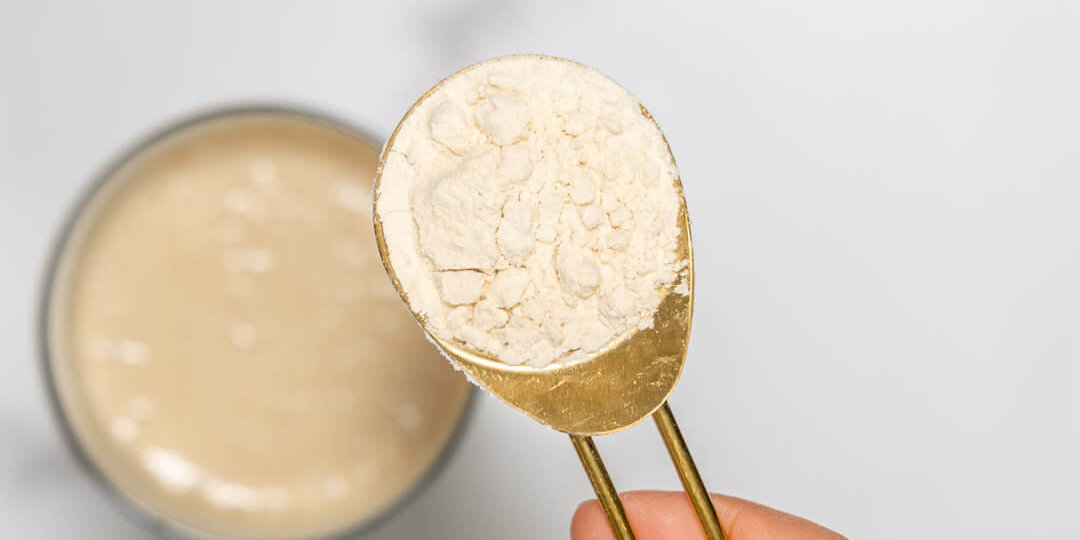Why Protein Matters More Than Ever
Protein is one of the three major macronutrients that provide our bodies with energy. What makes protein unique is its structure. Protein is made of long chains of amino acids. Nine of these amino acids are considered essential, which means we cannot make them ourselves. We must get them from food.
Once digested, protein goes to work supporting some of the most important functions in the body:
-
Building and repairing muscle and tissues
-
Supporting metabolism and healthy weight management
-
Producing enzymes and hormones
-
Maintaining healthy hair, skin, and nails
-
Supporting immune function
Simply put: Protein helps keep your body strong and functioning at its best.
How Much Protein Do You Need?
The amount of protein you need depends on your age, sex, body weight, and activity level.
A helpful guideline for adults:
Aim for about 0.8 grams of protein per pound of body weight per day.
Examples:
-
150 pounds = about 120 grams of protein daily
-
125 pounds = about 100 grams daily
If you are physically active, trying to build muscle, pregnant or breastfeeding, or working toward weight loss, your protein needs may be higher to support muscle preservation and satiety.
Want a personalized target?
Use our Protein Tracker to calculate your daily needs.
Top Protein Sources To Add To Your Plate
Lean Meat and Poultry
Chicken breast, turkey, lean ground beef, and pork tenderloin provide complete proteins with all essential amino acids. Look for leaner cuts to keep saturated fat lower and protein density higher.
Seafood
Fish and shellfish offer high quality protein and healthy omega 3 fats that support heart and brain health. Enjoy a variety throughout the week and pair with veggies or whole grains.
Plant Based Protein: Beans, Lentils, Nuts, Seeds
Beans and lentils offer protein, fiber, and micronutrients. Nuts and seeds provide protein plus healthy fats. Since many plant proteins are not complete proteins on their own, aim for variety throughout the day.
Protein Shakes and Supplements
Convenient and consistent. A high quality shake makes it easier to meet your daily protein goals, especially when mornings are busy or after a workout.
Life Shake delivers 20 grams of complete protein from both plant and whey options, and includes:
-
All 9 essential amino acids
-
Added leucine to support muscle health
-
Low glycemic formula
-
Gluten free
-
Vitamins, minerals, and prebiotics
When you want a lighter, refreshing option that still helps curb hunger, Sparkling Protein is a great afternoon boost. It delivers 10 grams of complete protein in a crisp, bubbly drink that supports satiety and lean muscle between meals.
What This All Means for You
Protein is a daily essential that supports strength, metabolism, appetite control, and overall vitality. When you meet your protein needs with a mix of whole foods and clean supplements, you give your body the fuel it needs to stay strong and energized every day.
Take the first step by exploring smart protein options that support your goals.
Fuel your body with the strength and nourishment it deserves so you can live healthier and feel your best at every stage of life.






